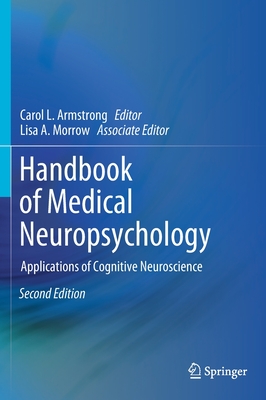相關主題
商品描述
This handbook celebrates the abundantly productive interaction of neuropsychology and medicine. This interaction can be found in both clinical settings and research l- oratories, often between research teams and clinical practitioners. It accounts for the rapidity with which awareness and understanding of the neuropsychological com- nents of many common medical disorders have recently advanced. The introduction of neuropsychology into practice and research involving conditions without obvious neurological components follows older and eminently successful models of integrated care and treatment of the classical brain disorders. In the last 50 years, with the growing understanding of neurological disorders, neuropsychologists and medical specialists in clinics, at bedside, and in laboratories together have contributed to important clinical and scienti c advances in the und- standing of the common pathological conditions of the brain: stroke, trauma, epilepsy, certain movement disorders, tumor, toxic conditions (mostly alcohol-related), and degenerative brain diseases. It is not surprising that these seven pathological con- tions were the rst to receive attention from neuropsychologists as their behavioral symptoms can be both prominent and debilitating, often with serious social and economic consequences.
作者簡介
Carol L. Armstrong is a neuropsychologist conducting cognitive neuroscience research. Her long-term interests are the study of memory and attention, and the cognitive processes affected by white matter disease or injury. Investigations have focused on resource-limited memory and attention processes, and on the structural distribution of the white matter measure in normal and injured brains. Recent investigations include the longitudinal damaging effects of radiotherapy and brain tumors in both children and adults, as shown by longitudinal, prospective studies of cognition and neuroimaging of white matter integrity, and response of the hippocampus to radiotherapy. Current studies are being conducted on the functional and structural significance of cerebellar connections with the cortex.











